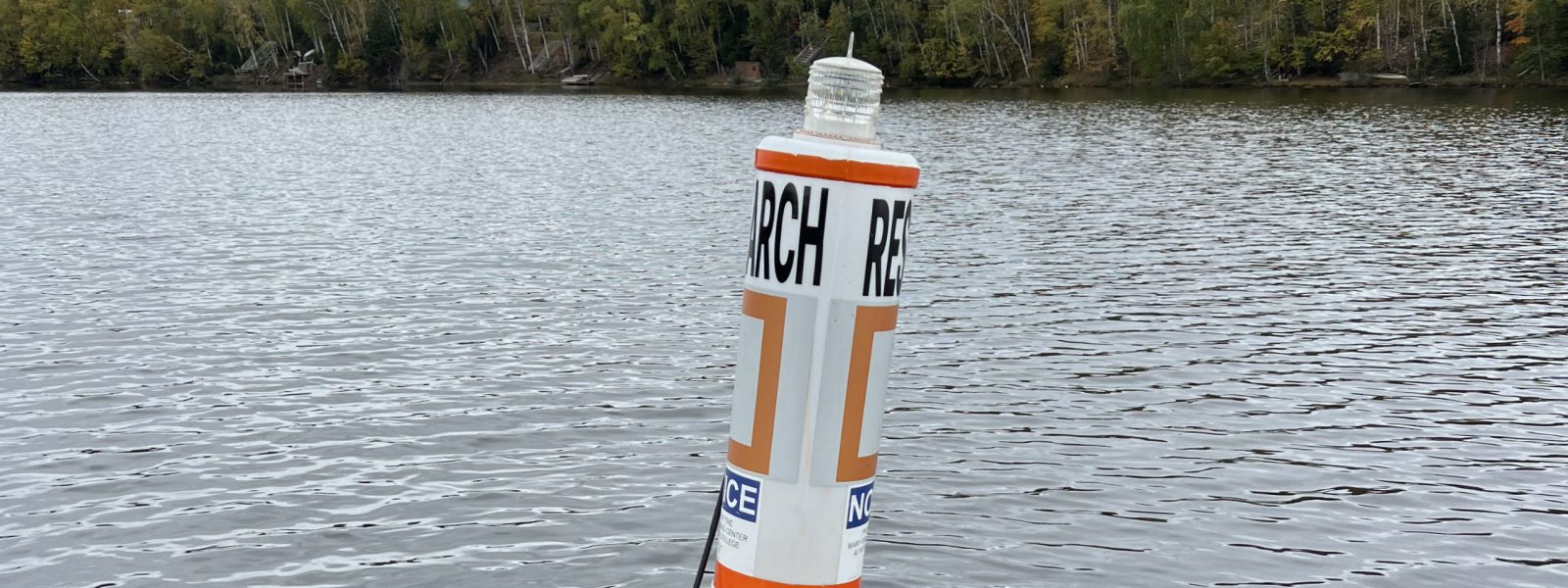Burke Center Buoy Project
Northland College to Close
On February 19, 2025, the Northland College Board of Trustees announced that the College will close at the end of the 2024–25 academic year.
On February 19, 2025, the Northland College Board of Trustees announced that the College will close at the end of the 2024–25 academic year.
